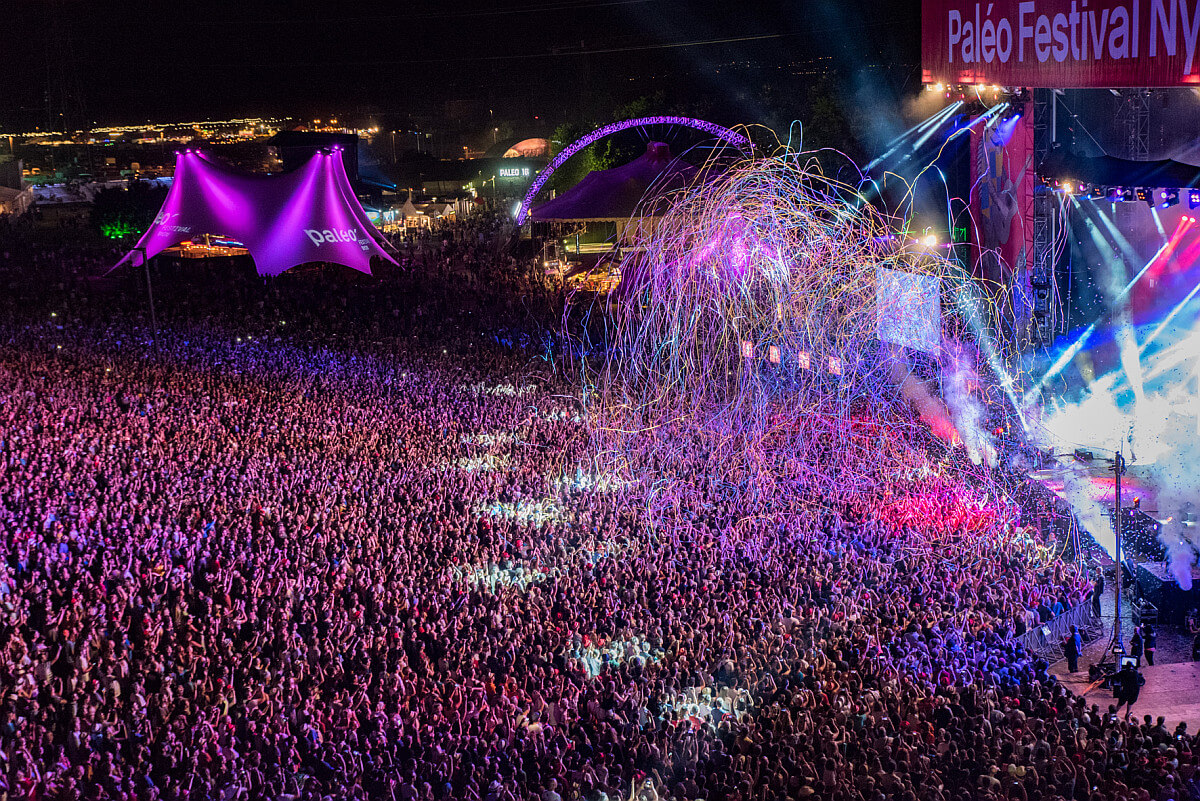Occupancy measurement and people counting: optimize your spaces effectively

The Counting people is an essential solution for Occupation measurement, allowing advanced digitalization of spaces and intelligent management of flows. Thanks to modern technologies and IoT, it is now possible to analyze attendance in real time and optimize the use of infrastructures.
The key benefits of counting people for space management
- Optimization of space : Reduction of unused surfaces, allowing significant cost savings, especially in professional and commercial environments.
- Attendance analysis : A better knowledge of visitor flows makes it possible to anticipate peak traffic and to adapt the organization of places.
- Safety and comfort : Precise monitoring of occupancy rates improves gauge management and guarantees a better user experience.
- Commercial optimization : In retail, this data makes it possible to optimize customer journeys and improve marketing strategies.
Advanced technologies for counting people and measuring occupancy
Several technological solutions allow a accurate and efficient people counting :
- 2D and 3D cameras : Exclude moving objects for accurate statistics.
- HDR video sensors : Tracking trips without invasion of privacy.
- Counting mat : A discreet solution integrated into the ground.
- 3D stereoscopic cameras : Reliability of more than 99%, even at high traffic levels.
The integration of these technologies into an IoT platform allows in-depth analysis of attendance and optimization of resources.
Use cases for occupancy measurement and people counting
1. Workspace management
- Identification of underused spaces to adjust offices and optimize flex office.
- Reduction in surface areas thanks to accurate data on real occupancy.
- Planning of rearrangements and removals according to actual use.
2. Improving comfort and user experience
- Real-time adjustment of temperature, ventilation and lighting.
- Optimizing corporate restaurants to reduce food waste.
3. Monitoring and analysis of attendance
- Study of flows and off-peak periods for better management of public and commercial spaces.
- Differentiated counting of pedestrians, bicycles and vehicles to adapt infrastructures.
4. Safety and control
- Detection of intrusions and access management in sensitive areas.
- Traffic control to guarantee the safety of occupants.
5. Energy management
- Adaptation of energy consumption (heating, air conditioning, lighting) according to the occupancy rate.
6. Specific sectors
- Retail : Optimization of sales areas and analysis of customer flows.
- Public transport : Measuring the load rate to inform travelers in real time.
- Tourism and leisure : Monitoring of attendance and estimation of waiting times.
By integrating the people-counting and occupancy measurement technologies, businesses and institutions can reduce costs, improve security, and optimize the user experience. These tools are now essential for a intelligent and efficient management of spaces.
Latest articles
Stay up to date with everything that's going on at Technis: product news, articles, and tutorials.







.jpg)
